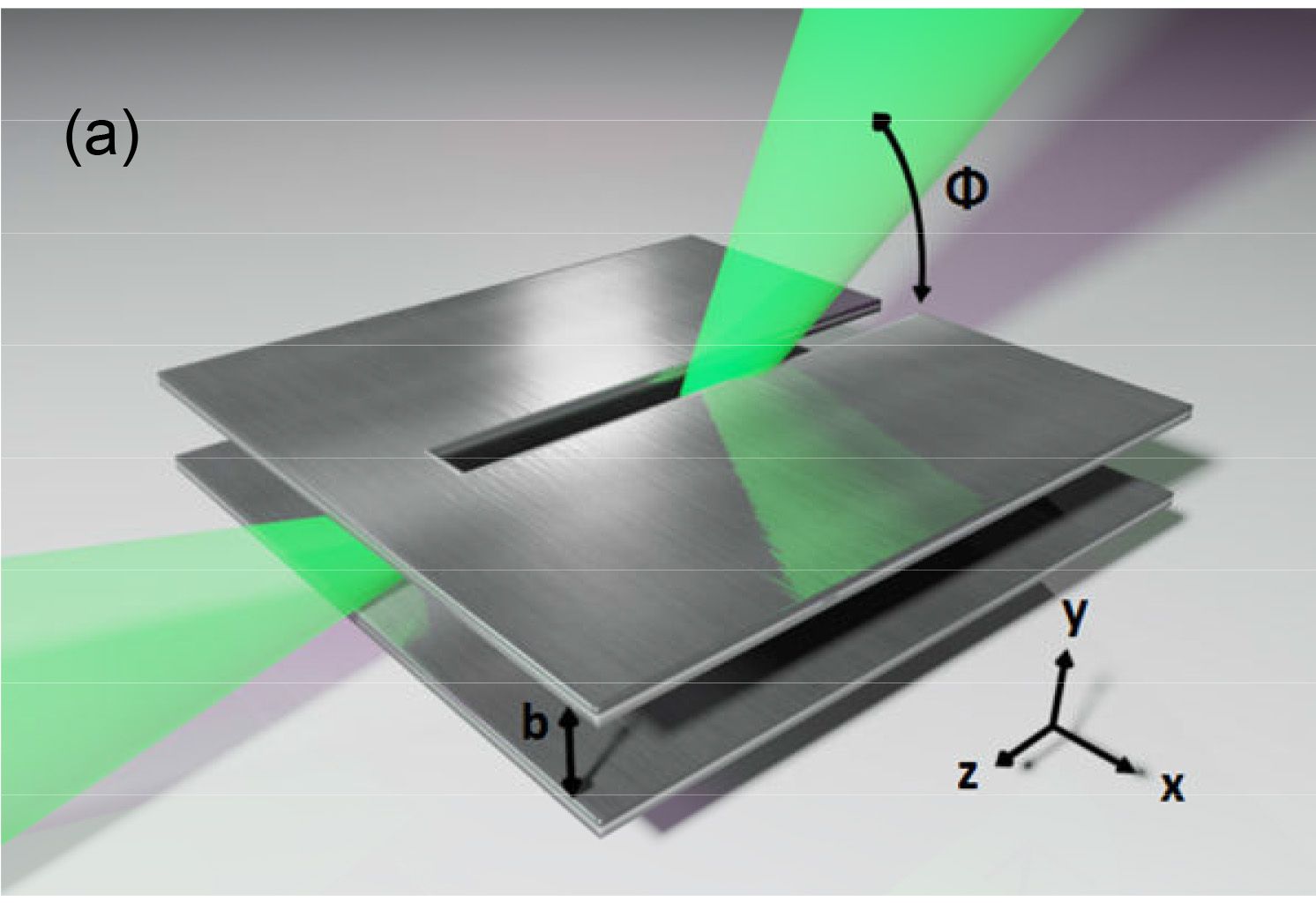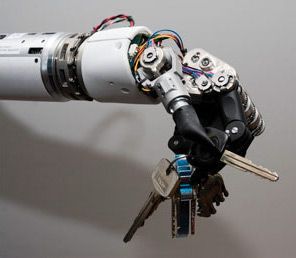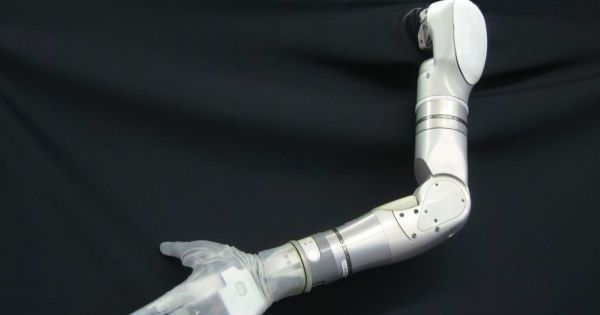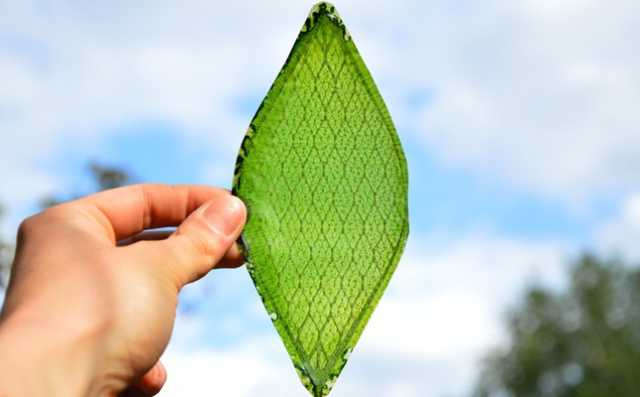Page 9181
Sep 14, 2015
1st Space Development Network Conference 2016
Posted by Lily Graca in categories: robotics/AI, space
The 1st Space Development Network Conference will be held in Bangalore in January, 2016. The motivation of the conference is to invite researchers, eminent scientists, faculty from reputed colleges and students working in the area of Space development and technology to present their research and get valuable feedback from the people attending the conference. The topics of space development network conference are given below:
•Asteroid Mining.
•Space Colonization.
Continue reading “1st Space Development Network Conference 2016” »
Sep 14, 2015
Physicists develop key component for terahertz wireless
Posted by Phillipe Bojorquez in categories: electronics, internet, mobile phones, physics
Terahertz radiation could one day provide the backbone for wireless systems that can deliver data up to one hundred times faster than today’s cellular or Wi-Fi networks. But there remain many technical challenges to be solved before terahertz wireless is ready for prime time.
Researchers from Brown University have taken a major step toward addressing one of those challenges. They’ve developed what they believe to be the first system for multiplexing terahertz waves. Multiplexers are devices that enable separate streams of data to travel through a single medium. It’s the technology that makes it possible for a single cable to carry multiple TV channels or for a fiber optic line to carry thousands of phone calls at the same time.
Sep 14, 2015
Getting DNA Into Cells Is Tough, But This Nanoinjector Is Here To Help
Posted by Roy in categories: biotech/medical, nanotechnology
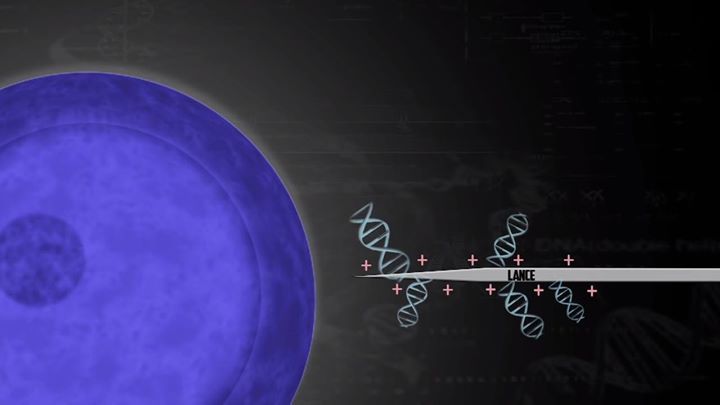
One of gene therapy’s major challenges is getting a gene sequence into a cell without damaging it. Traditional methods are often inefficient and unreliable, but this nano-device from Brigham Young University may offer a solution.
Sep 14, 2015
Future Transhumanist Tech May Soon Change The Definition Of Disability
Posted by Zoltan Istvan in categories: cyborgs, transhumanism, transportation
My first article for TechCrunch. The story is on disability & transhumanism:
Radical technologies around the world may soon overhaul the field of disability and immobility, which affects in some way more than a billion people around the world.
MIT bionics designer Hugh Herr, who lost both his legs in a mountain climbing accident, recently said in a TED Talk on disability, “A person can never be broken. Our built environment, our technologies, are broken and disabled. We the people need not accept our limitation, but can transcend disability through technological innovation.”
Continue reading “Future Transhumanist Tech May Soon Change The Definition Of Disability” »
Sep 14, 2015
Paralyzed Man Successfully Given Prosthetic Hand That Can ‘Feel’
Posted by Bryan Gatton in categories: biotech/medical, cyborgs, electronics, neuroscience
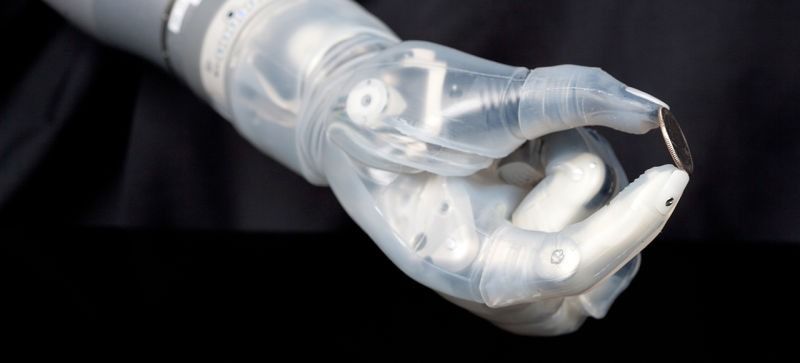
A 28 year old man who has been paralysed has been given a new sense of touch following a new breakthrough that saw electrodes places directly into the man’s brain.
The research and clinical trial has been carried out by DARPA, the US Military’s research agency. Essentially, the man (who has not been named) is now able to control his new hand and feel people touching it because of two sets of electrodes: one array on the motor cortex, the part of the brain which directs body movement, and one on the sensory cortex, which is the part of the brain which feels touch.
Sep 14, 2015
Aging Causes Muscle Weakness And Atrophy, But Can We Treat It?
Posted by Roy in categories: health, life extension
Everything starts to go downhill as we get older and muscle is no exception; even simple tasks become challenging as we lose bone and muscle. Now research has identified a protein behind this age-related decline and therapeutic molecules that can fight it, helping individuals stay healthy and strong for longer.
A team at the Univesity of Iowa has discovered that a protein called ATF4 might be behind muscular decline. ATF 4 is a transcription factor, which means it tells the body to activate or regulate certain genes. ATF4 seems to change skeletal muscle with age, reducing protein synthesis and overall mass.
”Many of us know from our own experiences that muscle weakness and atrophy are big problems as we become older”
Continue reading “Aging Causes Muscle Weakness And Atrophy, But Can We Treat It?” »
Sep 14, 2015
Prosthetic hand restores a man’s sense of touch
Posted by Albert Sanchez in categories: biotech/medical, cyborgs, electronics
DARPA promised prosthetic limbs that produce realistic sensations, and it’s making good on its word. The agency’s researchers have successfully tested an artificial hand that gave a man a “near-natural” level of touch. The patient could tell when scientists were pressing against specific fingers, even when they tried to ‘trick’ the man by touching two digits at once. The key was to augment the thought-controlled hand with a set of pressure-sensitive torque motors wired directly to the brain — any time the hand touched something, it sent electrical signals that felt much like flesh-and-bone contact.
There’s still a lot of work left to go before this hardware is truly realistic, of course. The sensors don’t cover the entire hand, and they don’t account for temperature or other factors you’ll likely worry about when grabbing objects. Still, this should represent a big step forward. Provided the technology takes off, both amputees and paralysis victims could regain some of the tactility they once had.
Sep 13, 2015
This self-healing concrete could be the next big thing in building materials
Posted by Shailesh Prasad in category: materials
Concrete is probably one the most used building materials. But one of the foremost challenges when building with this material is its propensity to crack, both when it dries, and in the years that follow. In order to solve this problem, Dutch researchers invented self-fixing concrete, just the way your body restores itself after being wounded.
Sep 13, 2015
Breakthrough: Artificial Leaf Capable Of Producing Oxygen Could Make Living In Space A Reality!
Posted by Shailesh Prasad in categories: innovation, space
The man-made “plant” can create endless oxygen using light and water!
Pioneers have been dreaming about living in outer space for eons, but there’s always been one major roadblock: securing a long-term oxygen supply. Toting around an indefinite supply of O2 isn’t feasible, and obtaining oxygen from plants in space is difficult, as green vegetation does not thrive in zero gravity environments.
But thanks to graduate student Julian Melchiorri, long-term space travel could soon be a reality. Melchiorri worked with Dezeen and MINI Frontiers to produce the Silk Leaf, an invention capable of sustaining life.

